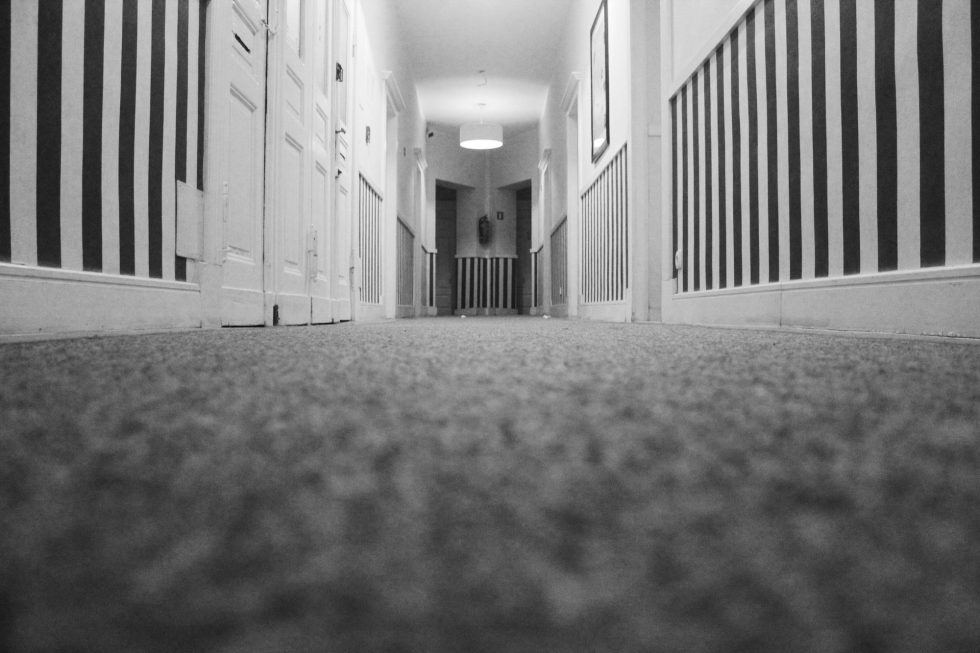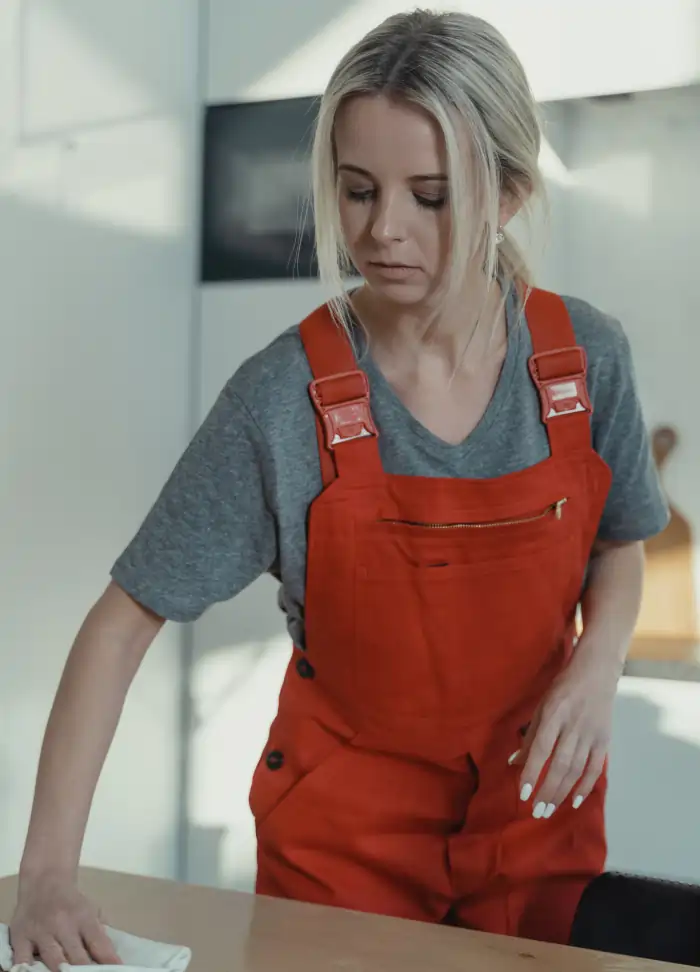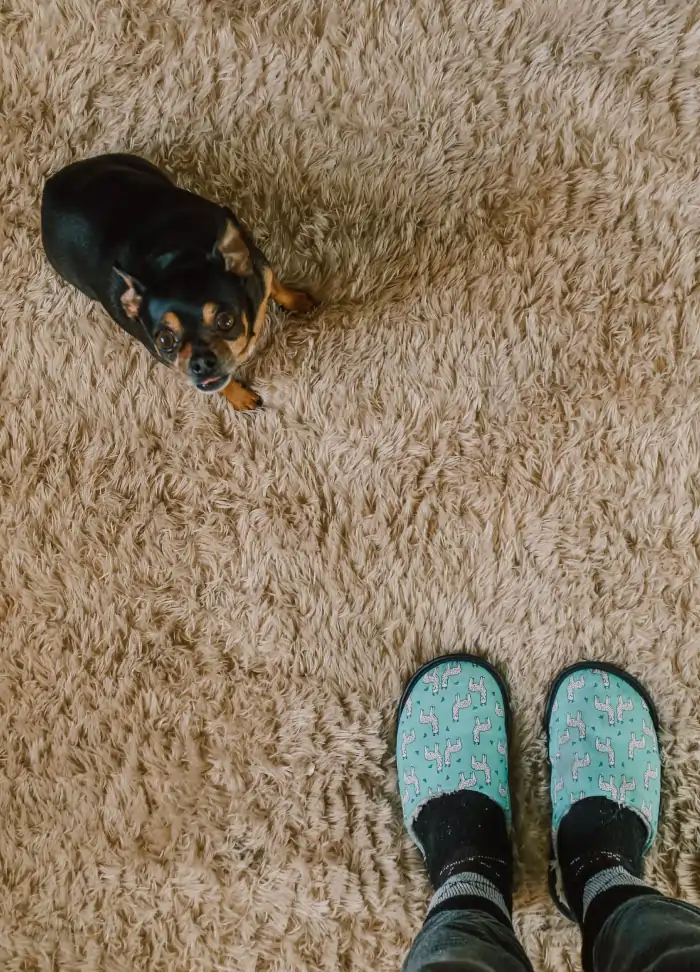To Clean or Replace Moldy Carpet:
A Comprehensive Guide to Dealing with Mold Issues

To Clean or Replace Moldy Carpet
When it comes to maintaining a clean and healthy living environment, carpets play a significant role. They add warmth, comfort, and aesthetic appeal to our homes. However, one of the common challenges that homeowners face is dealing with moldy carpets. Mold growth not only compromises the appearance of the carpet but also poses health risks to occupants. In this article, we will delve into the topic of cleaning or replacing moldy carpets, providing you with expert insights and practical solutions to address this issue effectively.
Table of Contents
- The Dangers of Moldy Carpets
- Identifying Mold in Carpets
- Can Moldy Carpets Be Cleaned?
- Effective Cleaning Methods for Moldy Carpets
- Hiring Professional Carpet Cleaners
- When to Consider Carpet Replacement
- Factors to Consider Before Replacing Moldy Carpets
- Choosing the Right Carpet for Your Home
- Preventive Measures to Avoid Mold Growth
- Frequently Asked Questions (FAQs)
- Conclusion
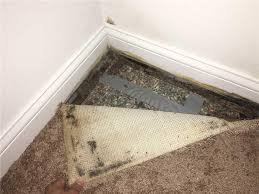
The Dangers of Moldy Carpets
Moldy carpets can have severe implications for both the structural integrity of your home and the health of its occupants. Mold growth releases spores into the air, which can cause respiratory problems, allergies, and even infections. Individuals with pre-existing respiratory conditions are particularly vulnerable. Moreover, prolonged exposure to mold can lead to chronic health issues. Therefore, it is crucial to address moldy carpets promptly and effectively.
Identifying Mold in Carpets
Detecting mold in carpets can be challenging since it often grows beneath the surface. However, there are certain signs you can look out for. These include a musty odor, visible discoloration or dark spots, and the presence of dampness or moisture. If you suspect mold growth in your carpets, it is essential to take immediate action to prevent further damage.
Can Moldy Carpets Be Cleaned?
The decision to clean or replace moldy carpets depends on the severity of the mold infestation and the extent of the damage. In some cases, if the mold growth is minimal, it may be possible to salvage the carpet through thorough cleaning. However, if the mold has deeply penetrated the carpet fibers or the backing material, cleaning may not be effective, and replacement might be the best course of action.
Effective Cleaning Methods for Moldy Carpets
If you decide to clean your moldy carpet, it is crucial to follow the right procedures to ensure effective mold removal. Here are some steps to consider:
- Protective Gear: Before you begin cleaning, it is important to wear appropriate protective gear such as gloves, goggles, and a mask to minimize your exposure to mold spores.
- Isolate the Area: Quarantine the affected area by closing doors and windows. This helps prevent the spread of mold spores to other parts of your home.
- Dry Vacuuming: Start by dry vacuuming the carpet thoroughly to remove loose mold spores and debris. Be sure to use a vacuum cleaner equipped with a HEPA filter to prevent the spores from being released back into the air.
- Deep Cleaning: Use a carpet cleaning machine with hot water extraction to deep clean the carpet. This method helps remove mold spores and stains from the fibers. Ensure that you use a mold-killing detergent or a vinegar solution for effective mold removal.
- Drying the Carpet: After cleaning, it is crucial to dry the carpet completely to prevent further mold growth. Use fans, dehumidifiers, or open windows to facilitate drying.
- Monitor the Area: Keep a close eye on the cleaned carpet and the surrounding area for any signs of recurring mold growth. If mold returns, it may be necessary to consider carpet replacement.
Hiring Professional Carpet Cleaners
While DIY cleaning methods can be effective for minor mold infestations, hiring professional carpet cleaners is advisable for severe cases. Professional cleaners have the expertise, equipment, and specialized cleaning products to tackle moldy carpets effectively. They can assess the extent of the mold damage, determine the best course of action, and provide thorough cleaning services that ensure mold removal and prevention.
When to Consider Carpet Replacement
In certain instances, replacing moldy carpets becomes necessary. Here are some scenarios in which carpet replacement may be the most suitable option:
- Extensive Mold Growth: If the mold has spread extensively throughout the carpet, it may be difficult to completely remove it through cleaning alone. In such cases, replacing the carpet ensures the elimination of all mold spores and prevents further health risks.
- Water Damage: If the carpet has been subjected to significant water damage, such as flooding, it becomes highly susceptible to mold growth. In such situations, it is often more practical and cost-effective to replace the carpet rather than attempting to salvage it.
- Chronic Mold Problems: If you have a history of recurring mold issues despite repeated cleaning attempts, it may be time to consider replacing the carpet. Chronic mold problems indicate underlying moisture issues that can be better addressed by replacing the carpet and addressing the root cause.
Factors to Consider Before Replacing Moldy Carpets
Before investing in new carpets, it is essential to consider a few factors to ensure the best outcome:
- Budget: Determine your budget for carpet replacement, taking into account the cost of new carpets, installation, and any additional services required, such as subfloor repair or moisture mitigation.
- Carpet Type: Research different carpet types and choose one that suits your needs, preferences, and lifestyle. Consider factors such as durability, stain resistance, and ease of maintenance.
- Moisture Prevention: Address any underlying moisture issues in your home before installing new carpets. This may involve fixing leaks, improving ventilation, or implementing moisture barriers.
- Professional Installation: To ensure a proper and long-lasting carpet installation, it is advisable to hire professional carpet installers. They have the expertise to handle the job efficiently and ensure optimal results.
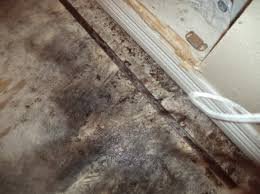
Choosing the Right Carpet for Your Home
When selecting a new carpet, it is essential to consider various factors to make an informed decision. These factors include:
- Fiber Type: Choose a carpet fiber that aligns with your lifestyle and needs. Options include nylon, polyester, wool, and more. Each fiber has its own set of advantages and considerations, such as stain resistance, durability, and comfort.
- Pile Type: Decide on the pile type based on your preferences and the level of foot traffic in the area where the carpet will be installed. Common pile types include cut pile, loop pile, and cut-loop pile.
- Color and Design: Select a carpet color and design that complements your existing decor and personal style. Consider factors such as lighting, room size, and the atmosphere you want to create.
- Maintenance Requirements: Assess the maintenance requirements of different carpet options. Some carpets may require more frequent vacuuming or professional cleaning, while others are more forgiving in terms of stains and wear.
Preventive Measures to Avoid Mold Growth
To minimize the chances of mold growth in your carpets, consider the following preventive measures:
- Control Humidity: Maintain a relative humidity level of 30-50% in your home to inhibit mold growth. Use dehumidifiers or air conditioners in humid climates or during damp seasons.
- Proper Ventilation: Ensure adequate ventilation in areas prone to moisture, such as bathrooms, kitchens, and basements. Use exhaust fans or open windows to improve air circulation and reduce moisture buildup.
- Address Water Damage Promptly: If your carpets or the surrounding area experience water damage, address the issue promptly. Dry out wet carpets and fix the source of the water intrusion to prevent mold growth.
- Regular Cleaning: Vacuum your carpets regularly to remove dust, dirt, and potential mold spores. Pay extra attention to high-traffic areas and areas susceptible to moisture.
- Immediate Spill Cleanup: Attend to spills and accidents promptly by blotting the affected area with a clean cloth or paper towel. Avoid letting moisture seep into the carpet padding.
- Professional Inspections: Schedule regular inspections by professional carpet cleaners or mold remediation specialists to detect early signs of mold growth and address them promptly.
Frequently Asked Questions (FAQs)
Q: Can I clean moldy carpets myself, or should I hire professionals?
For minor mold infestations, DIY cleaning methods can be effective. However, severe mold problems are best addressed by professional carpet cleaners who have the expertise and equipment to ensure thorough mold removal.
Q: How long does it take to clean moldy carpets?
The duration of the cleaning process depends on various factors, such as the size of the affected area, the severity of the mold growth, and the cleaning method used. It can range from a few hours to a few days.
Q: Is it possible to completely remove mold from carpets?
In most cases, it is possible to remove mold from carpets through thorough cleaning. However, if the mold has deeply penetrated the fibers or the backing material, complete removal may be challenging, and replacement may be necessary.
Q: Will cleaning moldy carpets solve the underlying moisture issue?
Cleaning moldy carpets will remove the visible mold, but it may not address the underlying moisture problem that caused the mold growth. It is important to identify and rectify the source of moisture to prevent future mold infestations.
Q: How can I prevent mold growth in carpets?
To prevent mold growth, control humidity levels, ensure proper ventilation, address water damage promptly, maintain regular cleaning and maintenance, and schedule professional inspections.
Q: What are the health risks associated with moldy carpets?
Moldy carpets can trigger allergies, respiratory problems, and other health issues. Prolonged exposure to mold spores can lead to chronic health conditions, particularly in individuals with pre-existing respiratory conditions.
To Clean or Replace Moldy Carpet
Dealing with moldy carpets requires prompt action and careful consideration. While cleaning may be sufficient for minor mold problems, severe cases may necessitate carpet replacement. By identifying the signs of mold, implementing preventive measures, and following proper cleaning techniques, you can maintain a clean and healthy living environment. Remember to prioritize your health and consult professionals when needed. With the right approach, you can effectively address moldy carpets and enjoy a mold-free home.

